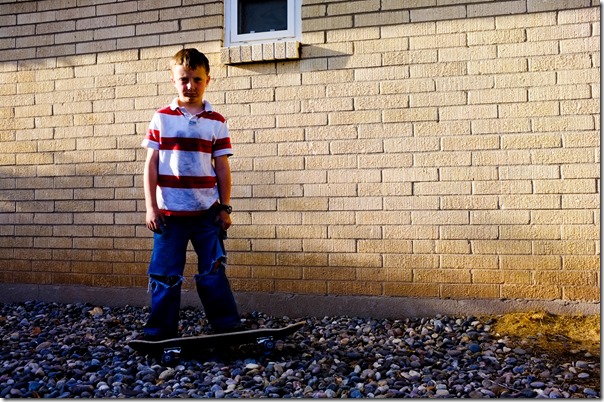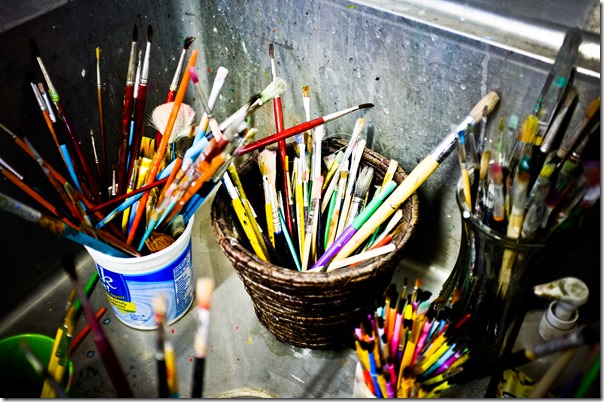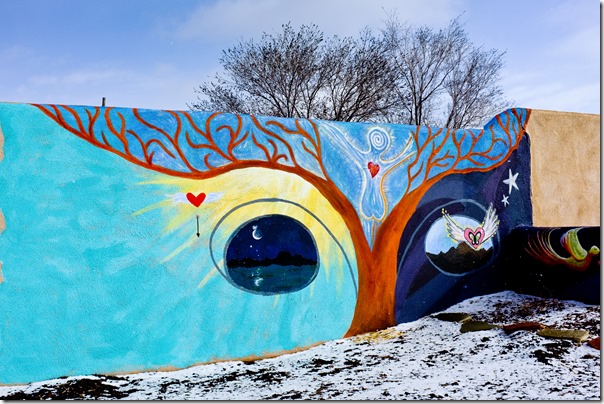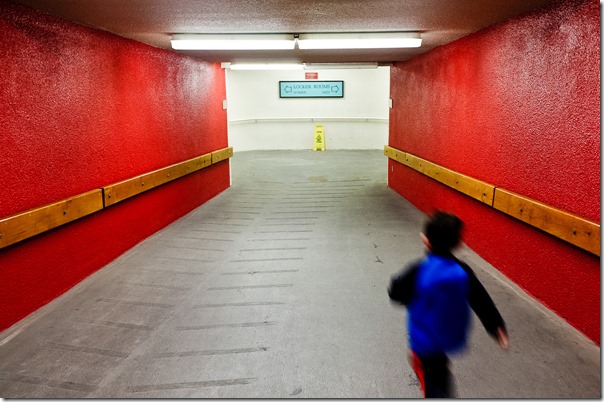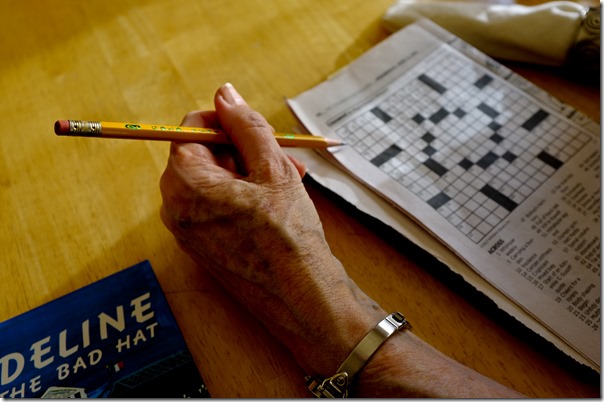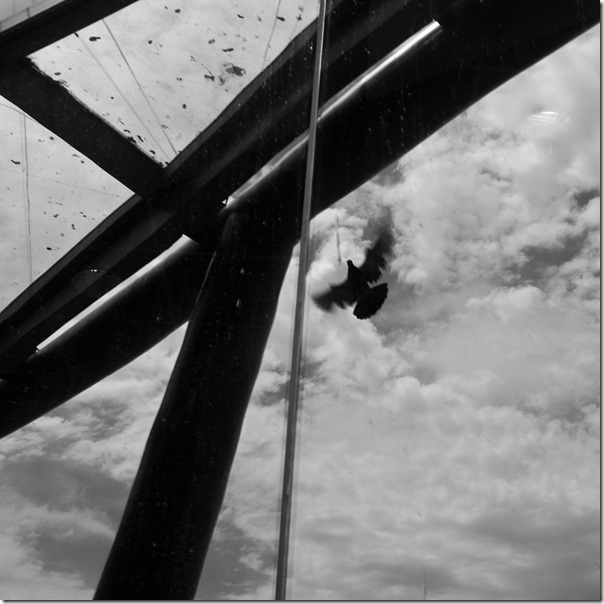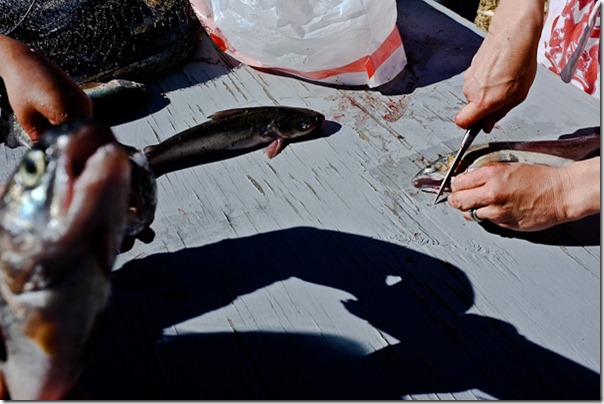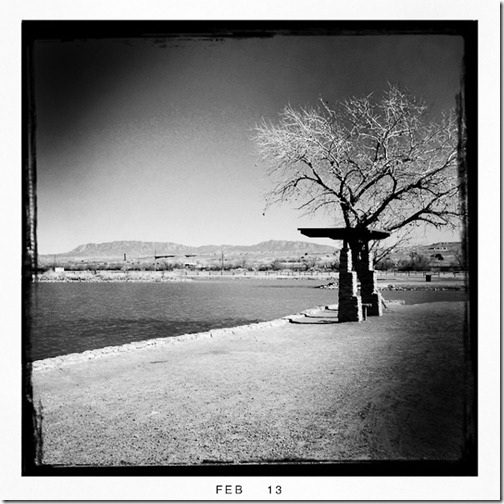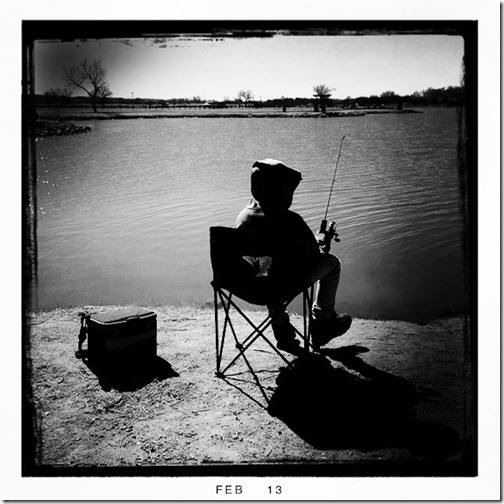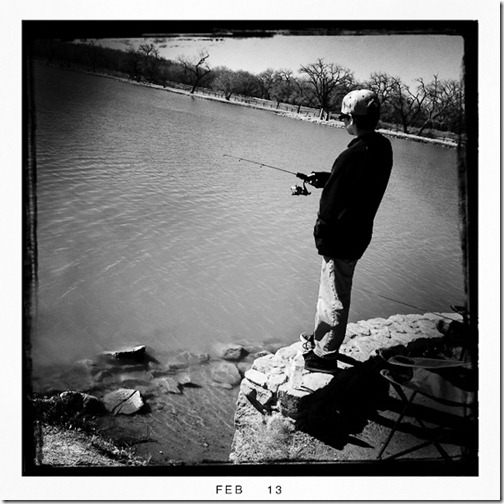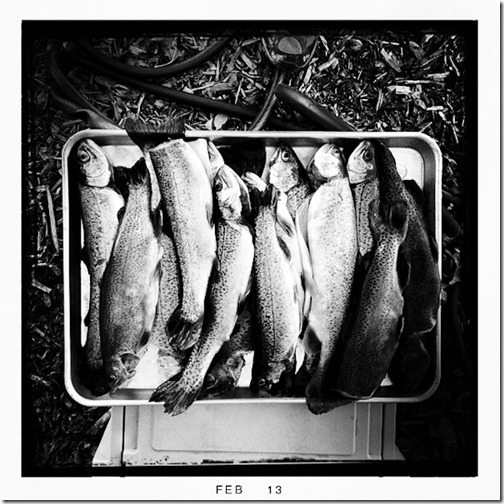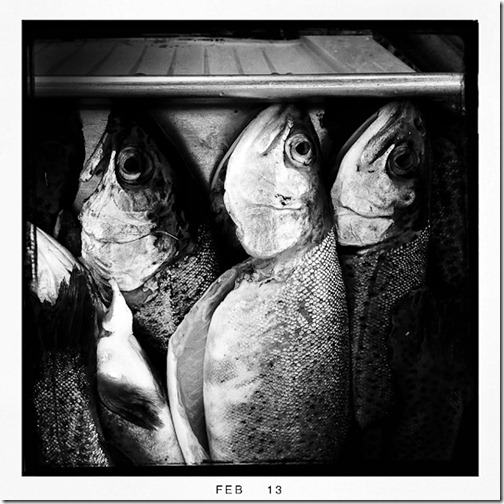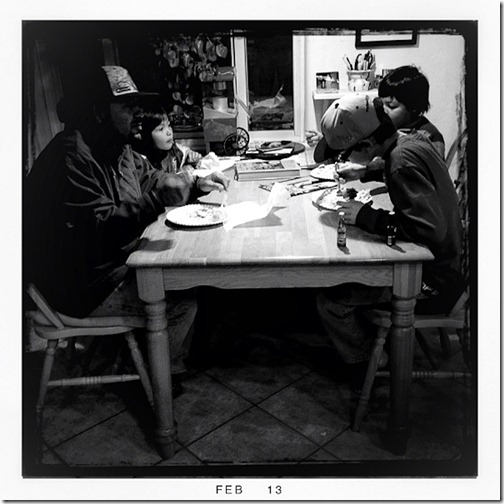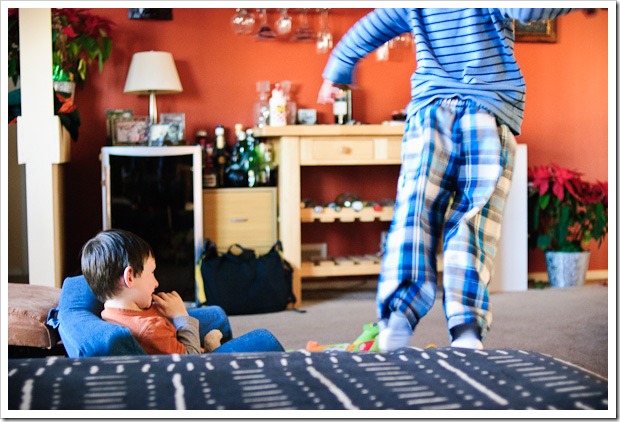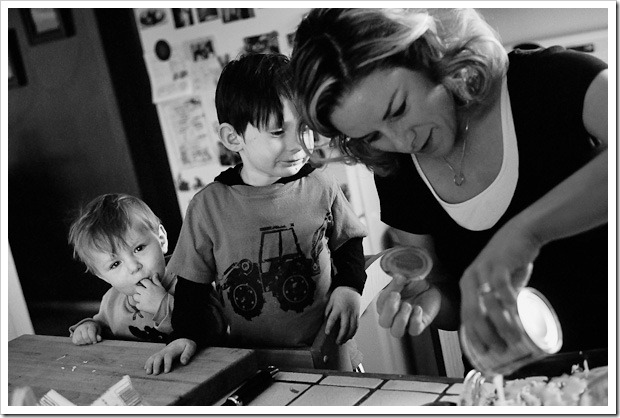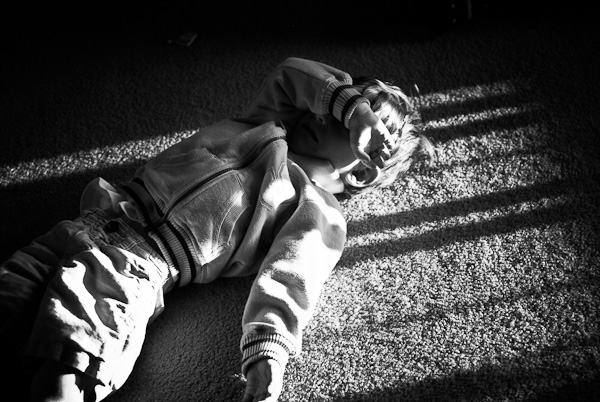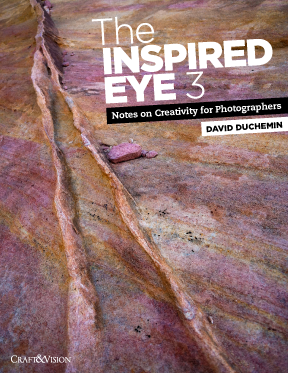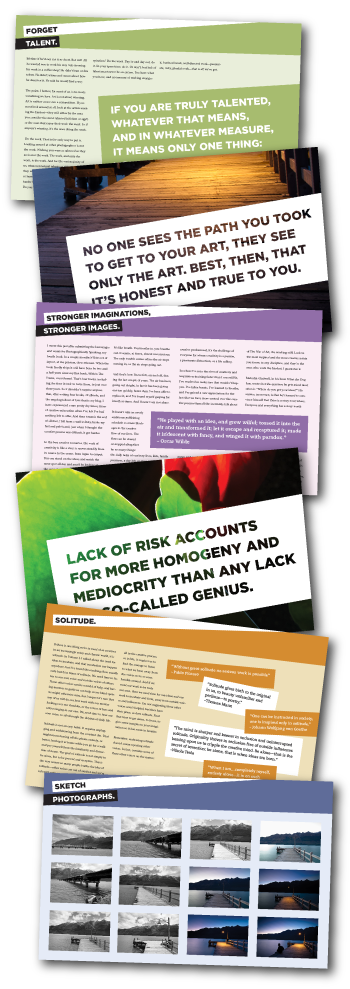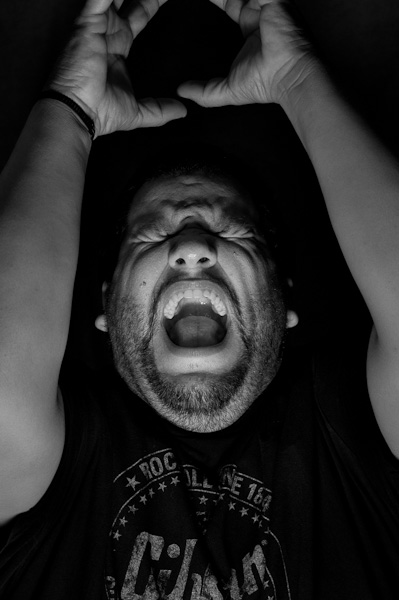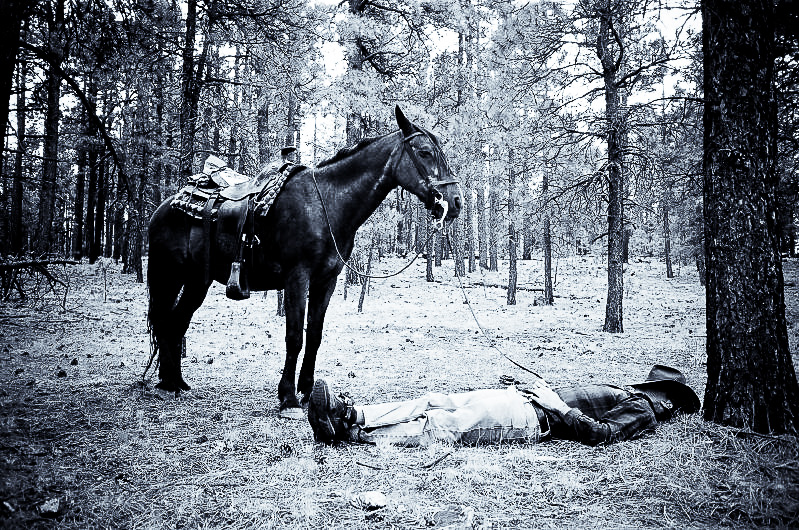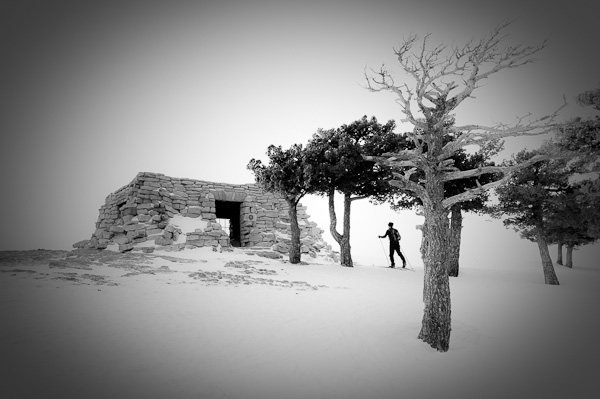
- Shelter
I was listening to a podcast recently where Matt Brandon was interviewing David duChemin. It was a wonderful interview. I find Matt to be a skilled interviewer, weaving his own opinions gently into the conversation with the interviewee and thereby making meaningful discussions worth listening to. Matt was fully engaged in this interview as well, as was David.
David appears to be a wonderful man and I have to say I have very much enjoyed reading his books, ebooks, and blog posts as he manages to be courageous enough to discuss those aspects of the photographic world that just rile him up. This interview is no different and I thoroughly enjoyed it.
During the course of the interview, while attempting to make a point, David mentioned that part of his goal is to encourage people to photograph more mindfully. And that got me thinking…
Now, before I start my rant, allow me this one disclaimer: I love mindfulness. I’ve studied Buddhist and Hindu forms of mindfulness training; I’ve applied it to my personal, professional, and spiritual life; I have to say that mindfulness has turned my life around and is responsible for its positive direction at this time. I’m all for it. I love it. And I understand and support what David is trying to do regarding how photographers photograph. But are we in danger of tossing mindlessness in the trash bin because it is the flip side of the mindful/mindless coin?
Now, another note before I continue: I think some defining clarity is in order. When I speak of Mindlessness I am using the term in a very specific way. Mindlessness to me is not Distractedness. Distractedness, as I define it, is the state of having our attention taken away from the present to something else: smartphones, iPads, TV, daydreaming, that sort of thing. Mindlessness, to me, is different from Distractedness in that it is the state of being fully present but not actively thinking. It is a state of being observant, aware, present, engaged, receptive, responsive.
To my way of thinking this is a state of openness and receptivity that should be highly prized in creative circles. Think “being in the flow” or “being in the zone.” Mindlessness is a state of effortless ease in the moment of great effort; a time of clarity in the midst of confusion. It is, I believe, the time when we are most receptive to the whispers of the muse. It is, therefore, a state worth cultivating.
But what of mindlessness? Is it getting a bad rap? Is it getting a rap at all? Is it even on the radar? The image above is my example of Mindless photographing. My friends and I had snowshoed out to this stone house on the summit ridge of the Sandia Mountains outside of Albuquerque and I had a good time making a few images of the house. I’d thought through my exposure settings and aperture settings; I’d visualized the final outcome of the image given the cloud we were in and the contrast between the snow, trees, and stone; I’d worked out and photographed from several vantage points. In short, I’d been mindful about photographing my subject. Finished with my images I’d put my camera in my pack and started to sling that pack onto my shoulders when I noticed the cross-country skier heading up to the house.
In that moment, with my pack half slung, I had a familiar feeling. It was a feeling just like the days, years earlier, when I raced bicycles full time: after all the training and analyzing of my competition, my gearing, my heart-rate, the wind, the terrain and we were whizzing down the race course, that a voice in my head both shouted and whispered “NOW!” When I listened to the voice I always ended up in the winning breakaway. When I didn’t listen I was left to watch that winning breakaway ride away from the main field of riders, leaving me to duke out the minor placings against a much larger contingent of riders.
“NOW” that voice whisper/screamed in my ear. For a moment I hesitated…almost too long. But that feeling, and my state of Mindlessness, allowed me to be responsive to what I can only consider the Muse. As I ripped open my pack, and the camera bag stuffed inside, I followed the skier with my eyes, “seeing” the image in my mind’s eye as it was beginning to take form in front of me. As the camera came up the aperture was set matching shutter speed to ensure good depth of field while freezing the action-all without thinking about it. He wasn’t slow, this skier, so only one moment was possible and when the right pose was struck at the right spot the exposure was made.
I’m quite sure I didn’t make this photograph. That came from somewhere else. While being in my Mindless place I allowed the Muse to work through me-or at least I didn’t hinder the process with my active mind.
It is an odd thing to trust this process. It takes a measure of courage to do so. After all, we’ve spent a lot of time and energy learning this craft. We’ve put countless hours into understanding exposure, aperture, composition, white balance, ISO settings. After all that time and conscious thought and effort to learn, understand, focus, and execute mindfully how do we trust that this explicit knowledge has somehow become implicit and will flow out of ourselves from a place in ourselves beyond thought. Surrendering to the Muse might be an uncomfortable idea for some, but I am making the argument now that this is a place and experience of great beauty and out of which much of what is true and honest about art and creativity is born. I am suggesting that we might give ourselves over to another force while making images Mindlessly. It might seem odd at first but after a few tries, when you feel the flow, you will know.
For more on the subject but perhaps with different words check out the latter section of Steven Pressfield’s book, “The War of Art” and Elizabeth Gilbert’s presentation on the muse at TED.com.
Listen to Matt Brandon’s interview with David duChemin HERE

